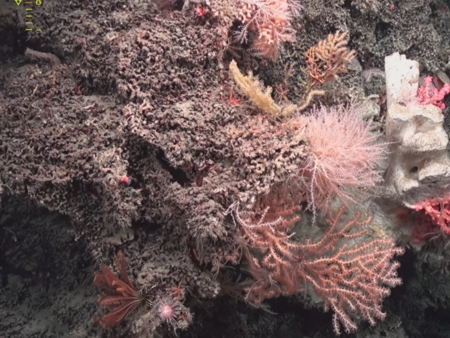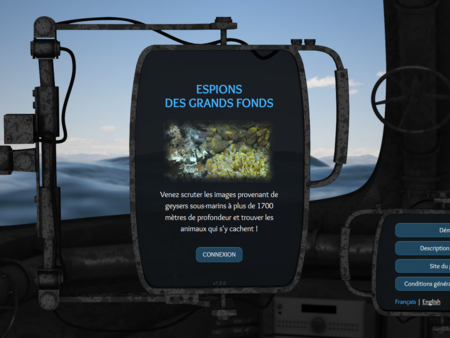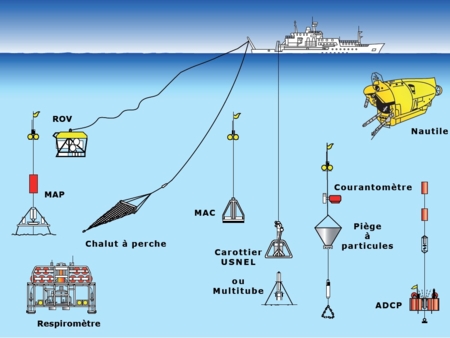Monitoring ecological dynamics on complex hydrothermal structures:A novel photogrammetry approach revealsfine-scale variabilityof vent assemblages
Paru dans Limonology and Oceanography
Loïc Van Audenhaege,1,2*Jozée Sarrazin,1 Pierre Legendre,3 Garance Perrois,1,4Mathilde Cannat,5Aurélien Arnaubec,6Marjolaine Matabos1
1Univ Brest, CNRS, Ifremer, UMR 6197 BEEP, Plouzané, France
2Ocean Biogeosciences, National Oceanography Centre, European Way, Southampton, UK
3Département de Sciences Biologiques, Université de Montréal, Montréal, Québec, Canada
4Tropical & Subtropical Research Center, Korea Institute of Ocean Science & Technology, Jeju, Republic of Korea
5Université Paris Cité, UMR 7154, CNRS et Institut de Physique du Globe de Paris, France
6Ifremer, Ctr Méditerranée, Unité Systèmes Marins, France
We set out to characterize thefine-scale processes acting on interannual dynamics of deep-sea vent fauna byusing a novel approach involving a 5-yr time series of 3D photogrammetry models acquired at the Eiffel Towersulfide edifice (Lucky Strike ventfield, Mid-Atlantic Ridge). Consistently, with the overall stability of the ventedifice, total mussel cover did not undergo drastic changes, suggesting that they have been at a climax stage forat least 25 yr based on previous data. Successional patterns showed consistency over time, illustrating thedynamic equilibrium of the ecological system. In contrast, microbial mats significantly declined, possibly due tomagmatic events. The remaining environmental variability consisted of decimeter-scale displacement of ventoutflows, resulting from their opening or closure or from the progressive accretion of sulfide material. As aresult, vent mussels showed submeter variability in the immediate vicinity of vent exits, possibly byrepositioning in response to thatfine-scale regime of change. As former studies were not able to quantify pro-cesses at submeter scales in complex settings, this pioneering work demonstrates the potential of 3D photo-grammetry models for conducting long-term monitoring in the deep sea. We observed that the ability ofmussels to displace may enable them to cope with changing local conditions in a stable system. However, thelong-term stability of mussel assemblages questions their capacity to withstand large-scale disturbances and mayimply a low resilience of these“climax”communities. This suggests that they may be particularly vulnerable tothe negative effects of mining activities in hydrothermal ecosystems.










